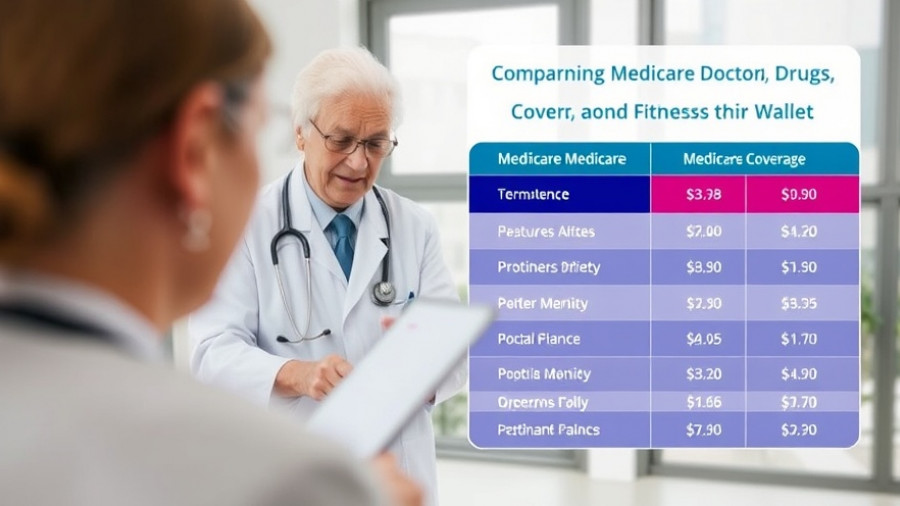
Trump's Health Update: What It Means for His Future
In a surprising announcement, President Donald Trump has been diagnosed with chronic venous insufficiency after experiencing mild swelling in his legs. This diagnosis, revealed by White House press secretary Karoline Leavitt, has sparked interest and conversation regarding the health of the nation's former leader. What does this mean for him and for the public perception of political figures' health?
Understanding Chronic Venous Insufficiency
Chronic venous insufficiency is a medical condition that affects blood flow in the legs. According to the Cleveland Clinic, this occurs when the leg veins sustain damage, hindering their ability to return blood effectively to the heart. This often leads to blood pooling in the veins and increased pressure. For many over the age of 70, as is the case with Trump, this condition is considered benign and common.
The Importance of Regular Health Checks for Aging Leaders
Regular health assessments are critical, especially for aging leaders. The President underwent various tests including a Doppler ultrasound which confirmed the diagnosis but also ruled out more severe conditions like deep vein thrombosis and arterial disease. It’s reassuring to know that many tests returned within normal ranges, suggesting that he is stable and well-cared for.
How the Public Reacted to Trump's Recent Health News
The announcement has reignited discussions about transparency in political health issues. Many Americans are concerned about their leaders' health, and significant changes in health can lead citizens to question their capabilities. Trump's bruising – attributed to the side effects of aspirin used for heart health – may cause perceptions of vulnerability. However, Leavitt emphasized that he is still in "excellent health," stressing that such bruising is a benign effect.
Managing Chronic Venous Insufficiency: Tips and Treatments
For those diagnosed with chronic venous insufficiency, management focuses on lifestyle adjustments. Elevating the legs, engaging in regular exercise, and maintaining a healthy weight are essential strategies. Compression therapy can also provide support. Having access to information about managing such conditions is crucial not only for those directly experiencing them but for the wider community seeking to understand health as part of aging.
The Role of Media in Reporting Health Issues
The media plays a pivotal role in how health stories are presented and understood. The scrutiny placed upon public figures often leads to speculation and concern, which can overshadow the facts. In this case, while discussions about Trump's health have surged, it is essential to disseminate accurate information rather than rumors. Reports confirming his benign condition serve to reassure the public.
Conclusion: A Call for Awareness
As President Trump continues service amidst health advancements, it’s vital for the public to remain informed and engaged about such matters. The importance of regular health check-ups, awareness of age-related conditions like chronic venous insufficiency, and the commitment to transparency can foster a more informed citizenry. Engage with your healthcare provider to understand your health better and stay updated.
 Add Row
Add Row 

 Add
Add 


Write A Comment